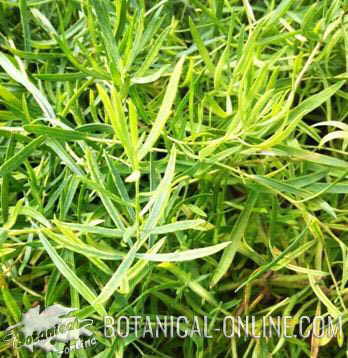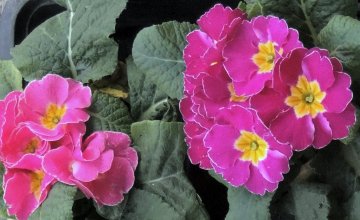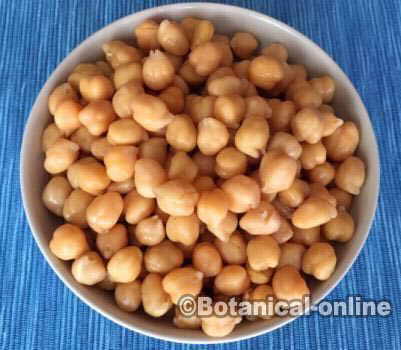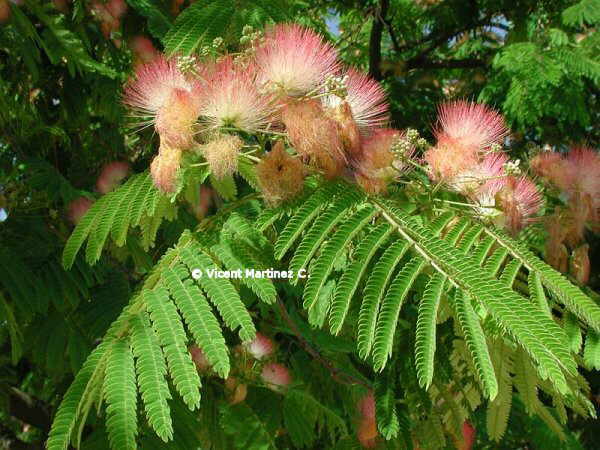Contents
TARRAGON MEDICINAL PROPERTIES
Tarragon for the digestive system

Eupeptic and carminative: tarragon (Artemisia dracunculus L.), also known as estragon, is a very aromatic herb which aids digestion and helps expel gas from the intestines. His treatment is due to the richness in aromatic monoterpenes and flavonoids, which stimulate digestive secretions.
Indicated to treat poor digestion, bloating or flatulence treatment, to relieve stomach cramps, abdominal pain… caused by gas (Use it as a condiment or infusion; 5g. Dried leaves in 250ml of water. Take a glass after every meal for its digestive and carminative properties.
This provides a slightly laxative effect, helps prevent stones in the gallbladder and improves the health of the body. Tarragon substances contains at least 10 choleretic substances and some of them also with cholagogue effect: including caffeic acid, coumarins, flavonoids (apigenin, naringenin) and some aromatic compounds (menthol, cineole).
Furthermore, tarragon containing coumarins such as herniarine, having hepatoprotective effect in small doses (infusion).
Indicated for the preventive treatment of gallstones. It is recommended for people with diabetes, women who have had children (not during pregnancy), or obese individuals (Use as a condiment or infusion; 5g. Dried leaves in 250ml. Than water).
BENEFITS OF TARRAGON
Tarragon for diabetes
Scientific studies are investigating the effects of the extract of tarragon to treat Type II diabetes. Tarragon extract achieves decrease blood sugar, enhancing the sensitivity of cells to insulin (improving receiver sensitivity of insulin). However, this property is still being studied (Use it as a condiment or infusion; 5g. of dried leaves in 250ml of water. A couple of glasses a day).
Tarragon, a natural antibiotic
The spices like tarragon were used, in addition to its digestive properties, to disguise the smell of food due to its natural degradation or poor maintenance.
This traditional use is a sign of wisdom, as modern science has shown that these herbs are able to fight certain bacteria that cause food poisoning.
(* More information: History of spices).
Tarragon contains more than 30 antiseptic components, such as ocimene, gentisic and salicylic acid; coumarins, flavonoids (isorhamnetin, naringenin, quercetin), tannins and other aromatic components (nerol, methyl eugenol, menthol, myrcene, sabinene, between others).
* More information: Composition of Tarragon.
Scientific studies have shown that essential oils containing tarragon, inhibit the growth of food bacteria: Shigella spp. (Dysentery pathogen), Listeria monocytogenes (causing listeriosis), Pseudomonas aeruginosa (lung infections) and Escherichia coli (most common bacteria, causing decay).
Because it acts as a natural antibiotic, tarragon seasoning was formerly used as medicine to prevent and preserve food poisoning. It can help treat excessive intestinal fermentation and it is also used against tuberculosis.
Tarragon is named after its analgesic value and because it is able to disinfect wounds. Greek mythology associated this plant with the legend of Hippolytus, who was swallowed by a dragon. From here derives the Latin name of the plant dracunculus (little dragon), which had as a remedy for snake bites.
Because of its deworming components, this plant is a natural remedy against intestinal worms.
Other tarragon properties
- Toothache: The root of tarragon is also very rich in coumarins, which have anti-inflammatory and analgesic effect. Formerly, when suffering from toothache, a bit of root was put on the affected part to reduce pain.
- Halitosis: tarragon has been also cited as a remedy for bad breath, it has components against bacteria that cause it.
- Body strengthening: The whole plant is rich in vitamin C, a vitamin that boosts the immune system, strengthens the defenses and helps regenerate the skin and mucous membranes.
- Thins the blood, the active principle of tarragon, called estragole, possess antiplatelet properties aiding to blood flow. This property prevents platelets from sticking to the blood vessel walls which is responsible for thrombus formation.
This effect has been verified by studies in vitro, that have corroborated the role of tarragon in traditional medicine to treat thrombosis and prevent cardiovascular disease. It also has anti-inflammatory properties.* Note: these properties are contraindicated in individuals taking anticoagulant medication (see Toxicity of Tarragon in the listing below).
- Tranquilizer: Tarragon contains sedative flavorings such as methyl eugenol and limonene. This plant is also an important source of apigenin, a type of flavonoid with demonstrated sedative properties.The physician and botanist Ibn al-Arab Baitar recommended tarragon for insomnia and nervousness (5g infusion of dried leaves in 200ml of water. Tow cups a day). To this end also used tarragon essential oil in aromatherapy.
| PRECAUTIONSTarragon should be used sparingly due to its content of estragole. The estragole is the major component of the essential oil of tarragon, which is also found in other spices such as star anise, fennel and basil. Scientific studies warn that high doses of estragole are toxic due to their carcinogenic potential when used in high doses or when performing long treatments. For its thujone content, has abortifacient properties and emmenagogue effect. Do not take if you are pregnant. Take tarragon in recommended doses and not perpetuate the treatment more than 10 days. * More information: see tarragon toxicity. |
![]() More information on tarragon.
More information on tarragon.








